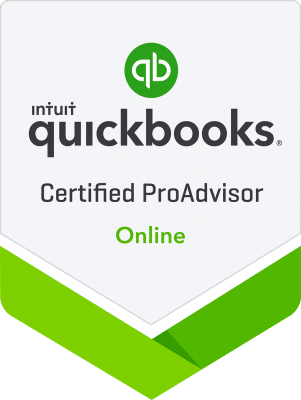Many small business owners and entrepreneurs are intimidated by their accounting reports. If you’re hiding from it, you’re losing sight of valuable insights and intelligence that’s available to you. Think of your financial statements as the report card for your business. They tell you how much money there is, how much debt is owed, dollars earned in each month, and the money going out the door. It’s important that you understand how to read, analyze, and create financial statements so you can get a full and accurate understanding of your business finances.
Get to know the “big three”. No matter how large or small your business is, whether you do your own bookkeeping or have accounting support, there are three financial reports for which all business owners should have a basic understanding:
- Balance Sheet: This statement shows the financial health of your company at a given moment. It provides a snapshot of your firm’s assets, liabilities, and equity. Assets, like cash, inventory and trucks, are what you have from the cash earned or borrowed. Liabilities are money you owe because of the inventory or trucks purchased. Equity is the difference & where you see the net income.
- Profit and Loss Statement (a.k.a. P & L or Income Statement): The P&L is a record of your company’s profits for a specified period. It shows your revenues and expenses. Costs of Goods Sold is used for manufacturing and those companies using inventory. The P&L offers the best view of your business. This report is typically used to show lenders and investors whether your business has made or lost money during a given period. Your business’s net income is also what will be used to determine its taxable income each year.
- Cash Flow Statement:The cash flow statement is a bit more complex. It is meant to show how cash was impacted over a period of time, or in other words, what generated the cash and what used the cash. The cash flow statement starts with your business’s net income from your P&L (on an accrual basis), and then takes into account the changes in these types of activities:
- Operations: The business functions (i.e. accounts receivable, accounts payable, and inventory)
- Investing: Equipment, acquiring or selling non inventory assets, etc.
- Financing: Borrowing: Acquiring debts, repaying loans, etc.
Examining these activities helps create the picture of what happened to your company’s cash during the period being analyzed. Investors and lenders typically scrutinize the cash flow statement.
Immersing yourself in your firm’s accounting can be eye-opening. It’s the best way to see how money actually flows in and out of your business. Understanding these three financial statements is an important step in becoming a savvier, more data-driven business owner. Want to learn more? Balancing Act can help! Contact Mary Jo to arrange a consultation at your convenience.


